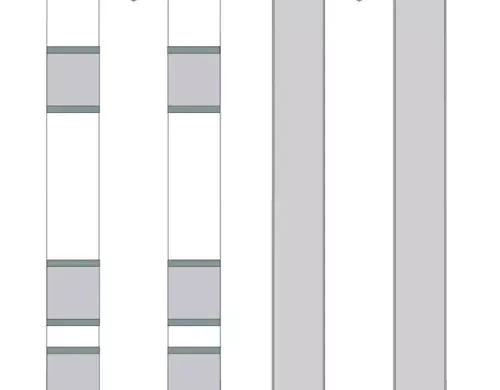
The V-Neck stole sewing pattern has become a favorite, a wider stole and can be made long enough to complement height requirements. This V-neck stole pattern is not any more difficult to make than a curved neck stole. There are points marked on the pattern to stitch so that the point will come out correctly. The pattern allows for a 5/8” seam. A variety of cross appliques can be used on the back neck seam.
Like this:
Like Loading...
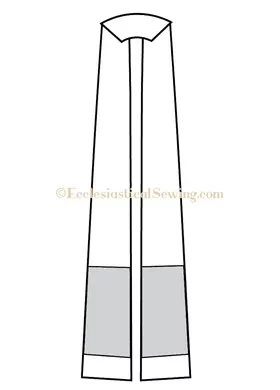
Our tapered stole pattern is one of the patterns that work with only the size “B” kits–this is the Silk Dupioni stole kit. It has cutting lines for a 43″ and 52″ finished length. The narrower width at the back neckline fits securely while the stole then tapers to a wider width at the lower end. This creates a unique look that complements fabrics without distractions. A plain silk dupioni–which can come in almost any color shade–will look natural through the width changes.
Like this:
Like Loading...
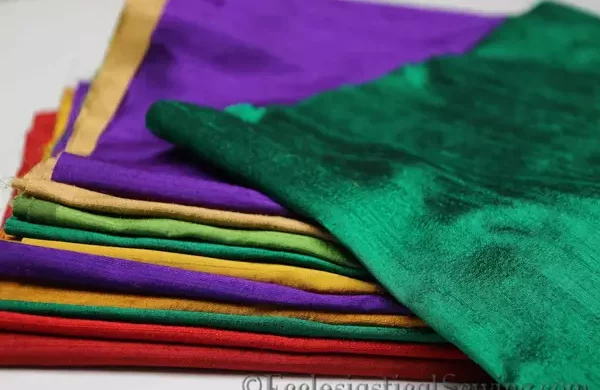
The First Pattern to go with Silk Dupioni: 5-inch stole kits which include–face fabric, canvas, and lining–for making your own stole, but only one stole kit–Silk Dupioni–comes in both sizes online. Our 5”clergy stole pattern is one of the patterns that work with size “B” kits–this one will only work with Silk Dupioni stole kits. Each of our stole patterns has the option for different lengths of hem, which is perfect for sewing for different heights.
Like this:
Like Loading...
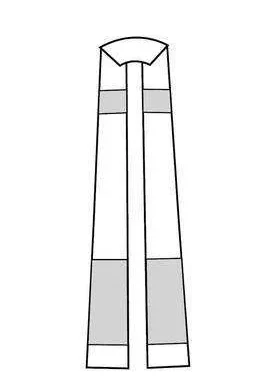
Our 4.5” stole pattern is the second of the two patterns that work with size “A” cut kits–this one works with all of the kit sizes. This stole pattern is also our standard. this 4.5” stole is the “go to” stole design. 4.5 inches means the finished width of the stole. It is a great one-size-fits-all and this allows for the flexibility of use.
Like this:
Like Loading...

Our 3.5” stole pattern is one of the two patterns that work with size “A” cut kits–that is all the kits. So the 3.5” pattern is a safe bet for stole-making. The 3.5” stole pattern is extra special. This versatile pattern can create a stole that is worn as a deacon stole and as a priest/pastor stole later. One pattern. One stole. Two ways to wear! It is a bit narrower and this allows for the flexibility of use. Each of our stole patterns has the option for different lengths of hem, which is perfect for sewing for different heights.
Like this:
Like Loading...
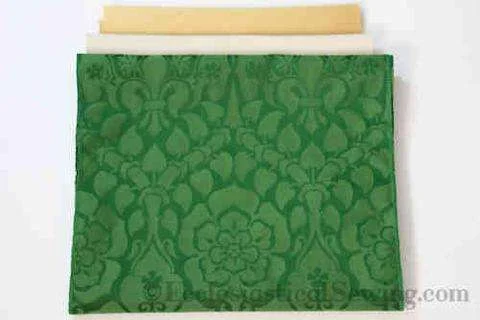
Size “A” is all that is available for all the other fabrics: Luther Rose Brocade, Evesham Lurex Brocade, Litchfield Brocade, St. Aidan Brocade, York Brocade, Cloister Brocade, Florence Brocade, Fairford Two Toned Brocade, Fairford Brocade, Ely Crown Brocade, Glastonbury Brocade, and Winchester Brocade. When you select one of these and put it in your cart for purchase, you are only purchasing enough to make a 3.5” or 4.5” stole.
Size “B” stoles– V-neck stoles, Deacon stoles, Tapered stoles, and 5” stoles. Each pattern of the brocade is different and so must be cut according to that specific pattern repeated.
Like this:
Like Loading...
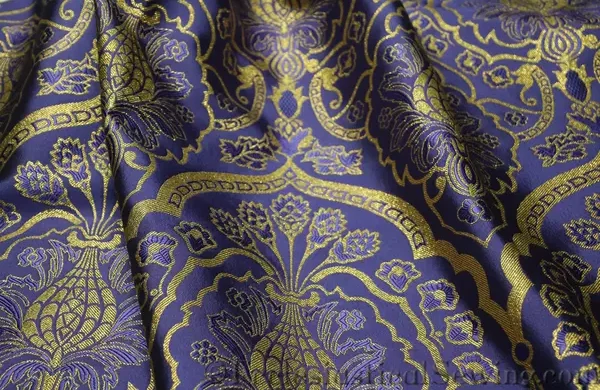
Violet is a favorite color that is used once or twice during the church year. The seasons of violet are Advent and Lent, the Penitential Seasons. Many other colors fall under the “umbrella” of the Penitential color Violet. These include Roman purple, rose, and blue. Black and scarlet may also be included in the group of colors. Violet has been used for a long time as a color for church vestments.
Like this:
Like Loading...
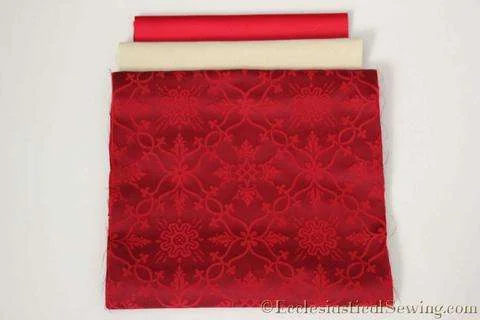
A stole kit, by definition, is a pre-cut length of the face fabric, canvas interfacing, and lining. The necessary items include but are not limited to patterns, instructions, sewing pins, scissors, a sewing machine, a needle for hand sewing, and appropriate thread colors.
Like this:
Like Loading...
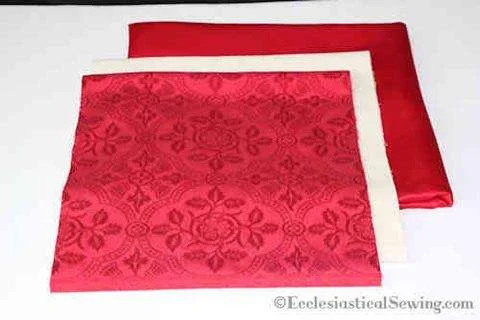
Our stole kits are available in both silk dupioni and various brocades. So there is a wide selection of materials and within those material options, there are many color shades.
Like this:
Like Loading...
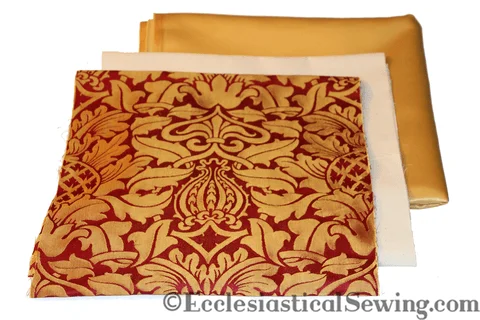
Ecclesiastical Sewing was centered around materials for sewing Ecclesiastical items. We have since been blessed with the ability to make finished vestments and paraments for sale. But we want to make sure we encourage inspiring seamstresses and tailors to use their talents for their churches and clergy. This art form must continue to be passed on and be available for future generations. The best way to begin the journey of ecclesiastical sewing is to make a stole. Instead of buying fabric, canvas, and lining separately, we offer the right amount of all three to create a stole.
Like this:
Like Loading...

Finishing stole ends can be done in various ways, but let’s focus on mitered corners. After folding and pressing the sides and bottoms, create a little triangle at the corner. Pin the edges at the miter and start lacing. Anchor the thread with small stitches and then take staggered stitches along the fold, ensuring edges won’t separate. Continue lacing to the end, then stitch back up. Though mitered corners can be challenging, practicing can lead to beautiful finishes.
Like this:
Like Loading...
November 10th–15th, in Canton, Mississippi, there will be a conference dedicated solely to liturgical arts. Carrie will be teaching a class on Church Vestment Making. So probably has something to do with stole-making and pulpit fall-making! That alone is worth the trip. Carrie is beyond excited to reach many people and share her love of making beautiful vestments to glorify the church. Another class that will be incredibly valuable will be the class on Keeping the Art of Needlepoint Alive
Like this:
Like Loading...

The gift of a stole is always something to be appreciated. To help with that, we have developed a variety of stole patterns. There is a 3 1/2-inch stole as well as a 4 1/2-inch stole. The lines of these stoles are identical. It is the width that is different. The stoles have a gently shaped neckline that fits well and then falls from the shoulder. The stoles are adjustable in length. The short length is 51 inches, and the longest length is 55 inches. The tapered stole has the same neckline curve as our other stoles. It then falls to a wider width at the lower end. The stole is available in a short length that works with a full surplice or a longer length. And the V-neck stole a wider stole that uses the same width down the length of the entire stole.
Like this:
Like Loading...

Ecclesiastical Sewing’s newest release of the “Stole Style #3 in the Luther Rose Brocade” is a good example. It is not simply gorgeous – it is confessional. The embroidery is not a random collection of pretty designs. In this case, they are symbolic of the Six Chief Parts.
Like this:
Like Loading...
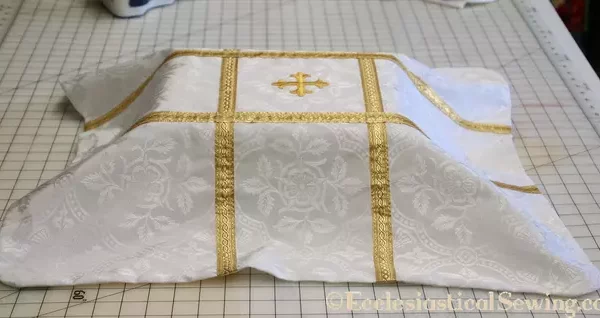
The tradition within the church is to use a Pall to cover the coffin for funerals. At the time of Pugin (early to mid-1800s), Palls were elaborate items, often embellished with extensive embroidery and gold work. Palls are still used today to cover a coffin during a funeral service. They are frequently white in color with a cross or other appropriate design applied. While churches may own a Pall for covering a coffin, they may not have a pall for covering an urn. The use of urns to replace large coffins is becoming more common.
Like this:
Like Loading...















You must be logged in to post a comment.